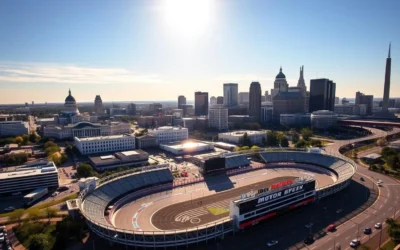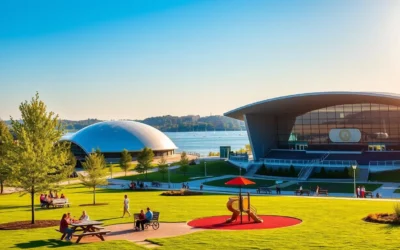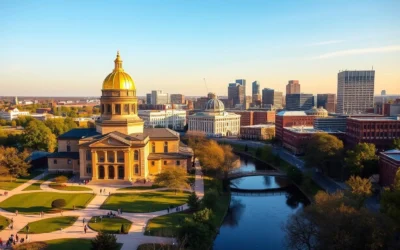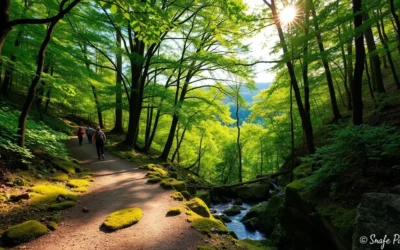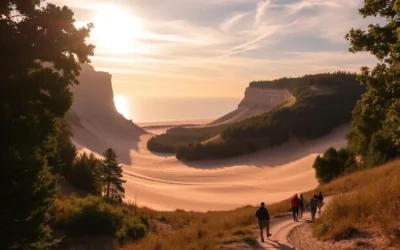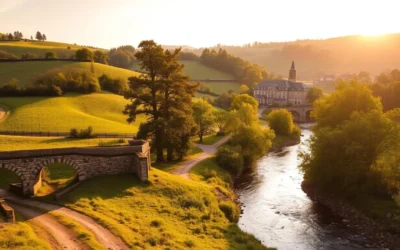✓ Accommodations ✓ Flights ✓ Rental Cars ✓ Tours & Activities
Planning a trip to Indiana can be a challenge due to its notoriously unpredictable weather. The locals’ joke about experiencing “four seasons in a single day” isn’t far-fetched. However, visiting at the right time can make all the difference.
The best time to visit is typically at the end of spring or the beginning of fall, when the weather is most pleasant. This allows you to enjoy the city’s museums, restaurant scene, parks, and outdoor concert venues without the weather being a hindrance.
Understanding the weather patterns throughout the year is crucial for a trip to Indiana. We’ll explore each season to help you plan your visit during the optimal months for a memorable experience.
Understanding Indiana’s Unpredictable Weather
You might experience all four seasons in a single day in Indiana, thanks to its unpredictable weather. The state’s location in the Midwest makes it susceptible to various weather systems that can quickly replace one another, creating rapid shifts in conditions.
The Four Seasons in a Single Day Phenomenon
This phenomenon is particularly common during the spring (March and April) and fall (mid-October to November), where the weather can change dramatically within a 24-hour period. Locals often say, “If you don’t like the weather, stick around, it will change,” highlighting the unpredictable nature of Indiana’s climate.
Key Weather Statistics for Indiana
Understanding Indiana’s weather statistics can help you prepare for your visit. For instance, July is the hottest month, averaging 85°F, while January is the coldest, averaging 36°F. May is the wettest month, with 5.1 inches of rainfall. Temperature extremes are common, with winter temperatures potentially dropping below zero degrees Fahrenheit and summer temperatures sometimes exceeding 100 degrees.
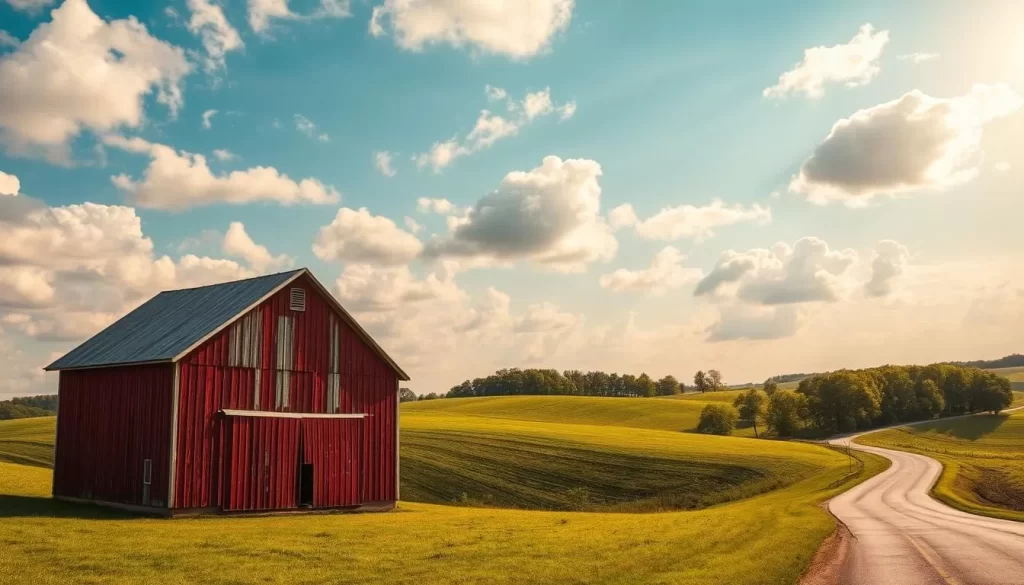
Spring in Indiana: March to May
The spring season in Indiana is a time of transition, with weather that can change dramatically. Temperatures can swing from 65°F to 15°F in a 24-hour period, making it essential to pack layers for your visit.
Weather Patterns and What to Expect
During March and early April, the weather is particularly unpredictable, with a mix of winter-like conditions and brief warm spells. It can snow, be windy, or even be freezing. As spring progresses, the weather gradually becomes more pleasant, with May being the wettest month, receiving an average of 5.1 inches of rainfall.
When the weather is nice, with temperatures around 72°F and sunny, Indiana is lovely. It’s advisable to plan your time visit during late spring, towards the end of May, for more favorable visit weather.
Spring Events and Activities
Some of the highlights of spring in Indiana include the Indianapolis500 and its associated festivities, such as the IPL500 Festival Parade, which attracts over 300,000 people. As the weather improves, outdoor activities like visiting the Indianapolis Zoo, taking a canal walk, or hiking the Monon Trail become more enjoyable.
What to Pack for Spring Visits
To prepare for your trip, pack clothing for both winter and summer conditions, especially if you’re visiting in March or April. Essential items include a waterproof jacket, umbrella, comfortable walking shoes, and layers to adjust to temperature changes throughout the day. Late May is a great time to visit, with warmer degrees (averaging 73°F highs) and the start of Indiana’s outdoor event season.
- Pack layers for unpredictable weather
- Bring waterproof gear for rain
- Enjoy outdoor activities as the weather improves
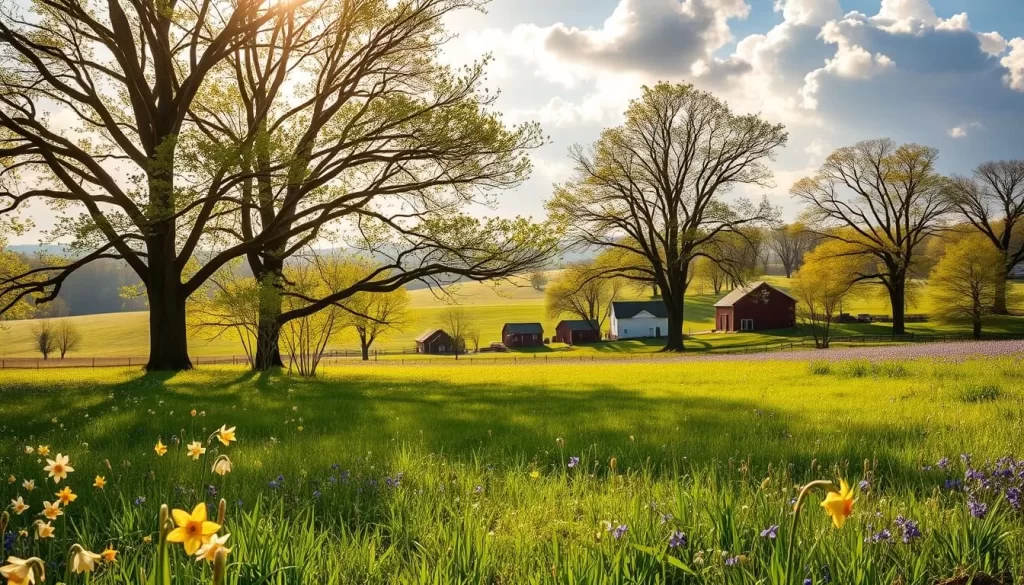
Summer Heat and Humidity: June to August
If you’re planning a trip to Indiana during the summer, be prepared for hot weather and a plethora of outdoor activities. Summer in Indiana is a time of vibrant cultural events and festivals, despite the sweltering heat and humidity.
Temperature and Precipitation Trends
Summer temperatures in Indiana can soar, with July being the hottest month, averaging highs of 85°F and sometimes exceeding 100°F. Early June is relatively mild, but as the season progresses, thunderstorms become more frequent, especially in July. August tends to be drier than July, making it a good time for outdoor activities if you can tolerate the heat.
| Month | Average High Temperature (°F) | Precipitation Pattern |
|---|---|---|
| June | 82 | Increasing thunderstorms |
| July | 85 | Frequent thunderstorms |
| August | 84 | Less rainfall compared to July |
Summer Festivals and Outdoor Activities
Despite the heat, summer is a great time to experience Indiana’s culture. The Indiana State Fair in August is a highlight, featuring rides, agricultural exhibits, concerts, and local food. You can also enjoy Symphony on the Prairie outdoor concerts, events at the Ruoff Home Mortgage Music Center, and the IPL Downtown Freedom Fest on July 4th. Outdoor enthusiasts can visit the city’s canal, numerous parks, and the Indianapolis Zoo, preferably during the cooler morning or evening hours.
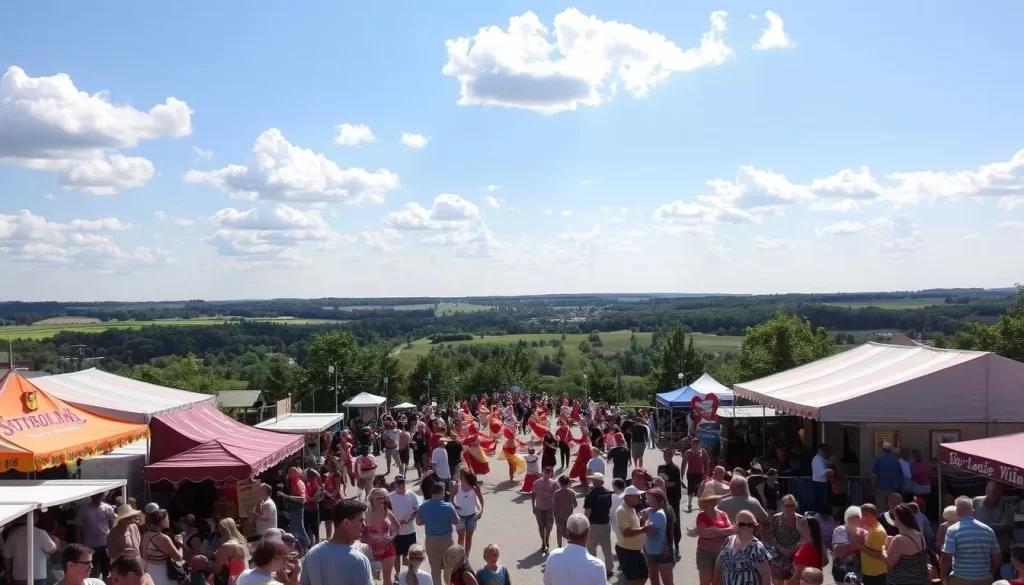
Packing Essentials for Indiana Summers
To make the most of your summer trip to Indiana, pack lightweight, breathable clothing such as cotton, linen, and moisture-wicking fabrics. Don’t forget to include sunscreen, sunglasses, and a refillable water bottle to stay hydrated. A light layer for air-conditioned spaces can also be useful.
- Lightweight clothing
- Sunscreen and sunglasses
- Refillable water bottle
- Light layer for indoor spaces
Fall’s Colorful Comfort: September to November
With the arrival of fall, Indiana transforms into a haven of comfort and color. The air is crisp, the humidity is low, and the scenery is vibrant with changing foliage.
Weather Conditions and Temperature Shifts
During the fall season, temperatures gradually cool down. September’s average highs are around 78°F, dropping to 65°F in October. As October progresses, temperatures can dip below freezing at night, and November brings the first hints of winter weather.
Fall Events and Attractions
Fall in Indiana is a time for holiday events and outdoor activities. You can enjoy harvest festivals, visit apple orchards, or attend an Indianapolis Colts football game at Lucas Oil Stadium. The Headless Horseman festival at Conner Prairie is another popular attraction.
What to Bring for Autumn Visits
When visiting Indiana in the fall, pack layers for your trip. Bring jeans, sweaters, and a light jacket to stay comfortable. As November progresses, consider adding scarves and gloves for colder evenings.
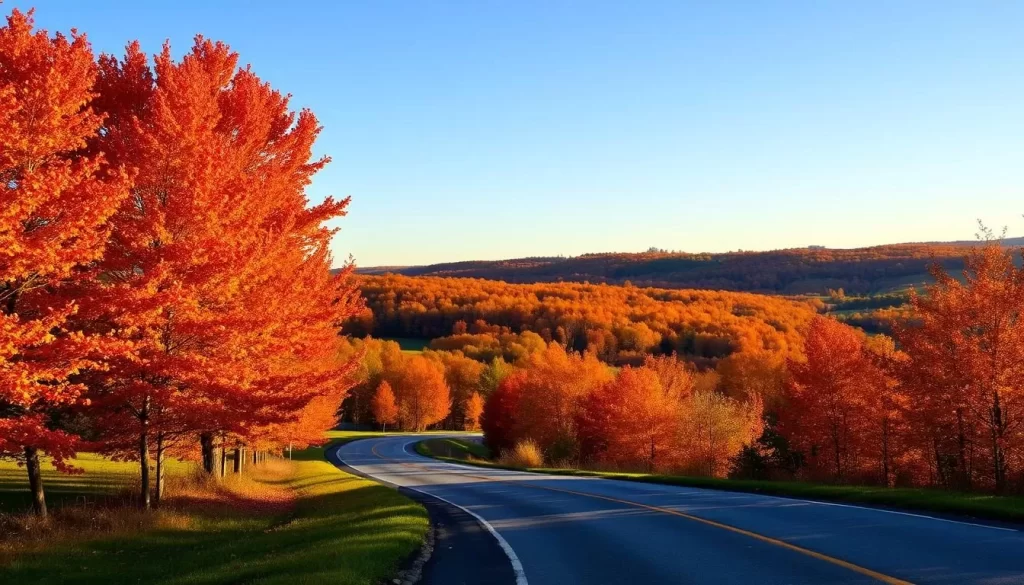
Winter Chill: December to February
Winter in Indiana is a season of cold snaps and festive events. You should be prepared for the harsh weather conditions that come with visiting during this time.
Dealing with Indiana’s Cold Season
Indiana winters are known for their cold temperatures, with January being the coldest month, averaging highs of just 36 degrees F. December is relatively milder, but January and February can see temperatures drop to the negatives. You will need to pack accordingly to stay warm.
Winter Holiday Events and Indoor Activities
Despite the cold, winter is a great time to enjoy holiday events and museums in Indiana. You can experience the festive atmosphere at events like Christmas at the Zoo, the IPL Yuletide Celebration, and the Carmel Christkindlmarkt. Indoor activities like visiting the city’s world-class museums, exploring the brewery scene, and attending performances are ideal ways to spend your time.
Cold Weather Packing Guide
To stay comfortable, you will need to pack cold-weather gear, including thermal layers, a heavy winter coat, waterproof boots, gloves, scarves, and hats. This will ensure you’re prepared for the cold temperatures and potential snow.
Indiana, United States: Best Months for a Weather-Savvy Trip
To make the most of your trip to Indiana, it’s crucial to understand the best times to visit based on weather conditions. The state’s climate varies significantly throughout the year, with distinct periods that are more favorable for tourism.
Late May to Early June: The Sweet Spot
The period from late May to early June is considered the primary sweet spot for visiting Indiana. During this time, the weather is warm but not yet humid, with average temperatures ranging from 73°F to 82°F. This late spring period offers a perfect balance of comfortable temperatures and lower precipitation compared to earlier spring months. If you’re interested in attending the Indianapolis 500, which takes place over Memorial Day weekend, this is an ideal time to visit. However, if you prefer to avoid the crowds associated with the event, planning your trip for the first two weeks of June is advisable.
September to Early October: The Second-Best Window
September to early October constitutes the second optimal window for visiting Indiana. The average temperatures during this period range from 65°F to 78°F, accompanied by low humidity and typically clear skies. This early fall period is characterized by comfortable daytime temperatures and cool evenings, making it perfect for both outdoor and indoor activities. The beginning of fall foliage adds to the attractiveness of the state during this time, allowing visitors to fully experience Indiana’s parks, outdoor dining, and walking tours without the extremes of weather that are common during other times of the year.
Planning Around Major Events and Attractions
When planning your trip to Indiana, it’s crucial to consider the major events and attractions that can impact your experience. The state’s event calendar is filled with exciting activities that can enhance your visit, but they can also affect hotel availability and pricing.
Racing Season: The Indianapolis500
The Indianapolis500, held on the Sunday of Memorial Day weekend, is the state’s largest single event, drawing hundreds of thousands of visitors. If you’re attending the Indy500, it’s essential to book your accommodations months in advance, as prices tend to increase substantially during this time. General admission tickets start at $40, but prices can go up significantly for better seating. The entire month of May features racing-related events, including qualification weekends and concerts like Miller Lite Carb Day.
Summer Festivals and the Indiana State Fair
The Indiana State Fair, typically held in August, is another major attraction, featuring agricultural exhibits, midway rides, concerts, and unique fair food. Summer festivals occur throughout the state from June to August, including Symphony on the Prairie outdoor concerts and Fourth of July celebrations. If you’re visiting during this time, be sure to check the event calendars for the destinations on your itinerary.
Other significant events include the Indianapolis Colts games at Lucas Oil Stadium during football season, which create substantial crowds and increased hotel rates on game weekends. Winter holiday events like Christmas at the Zoo and the Carmel Christkindlmarkt also draw large crowds during the December holiday season.
Conclusion: Making the Most of Your Indiana Visit
To maximize your enjoyment of Indiana’s attractions, it’s essential to choose the best time to visit. The state’s diverse experiences are available throughout the year, but timing your trip during the sweet spots of late May to early June or September to early October will make a significant difference.
When planning your trip, consider that spring brings beautiful blooms, summer offers numerous festivals, fall delivers gorgeous foliage, and winter provides holiday charm. Regardless of when you visit, Indiana’s museums and city attractions offer year-round enjoyment.
By understanding Indiana’s weather patterns and planning your trip accordingly, you can ensure a comfortable and enjoyable travel experience.
The above is subject to change.
Check back often to TRAVEL.COM for the latest travel tips and deals.

